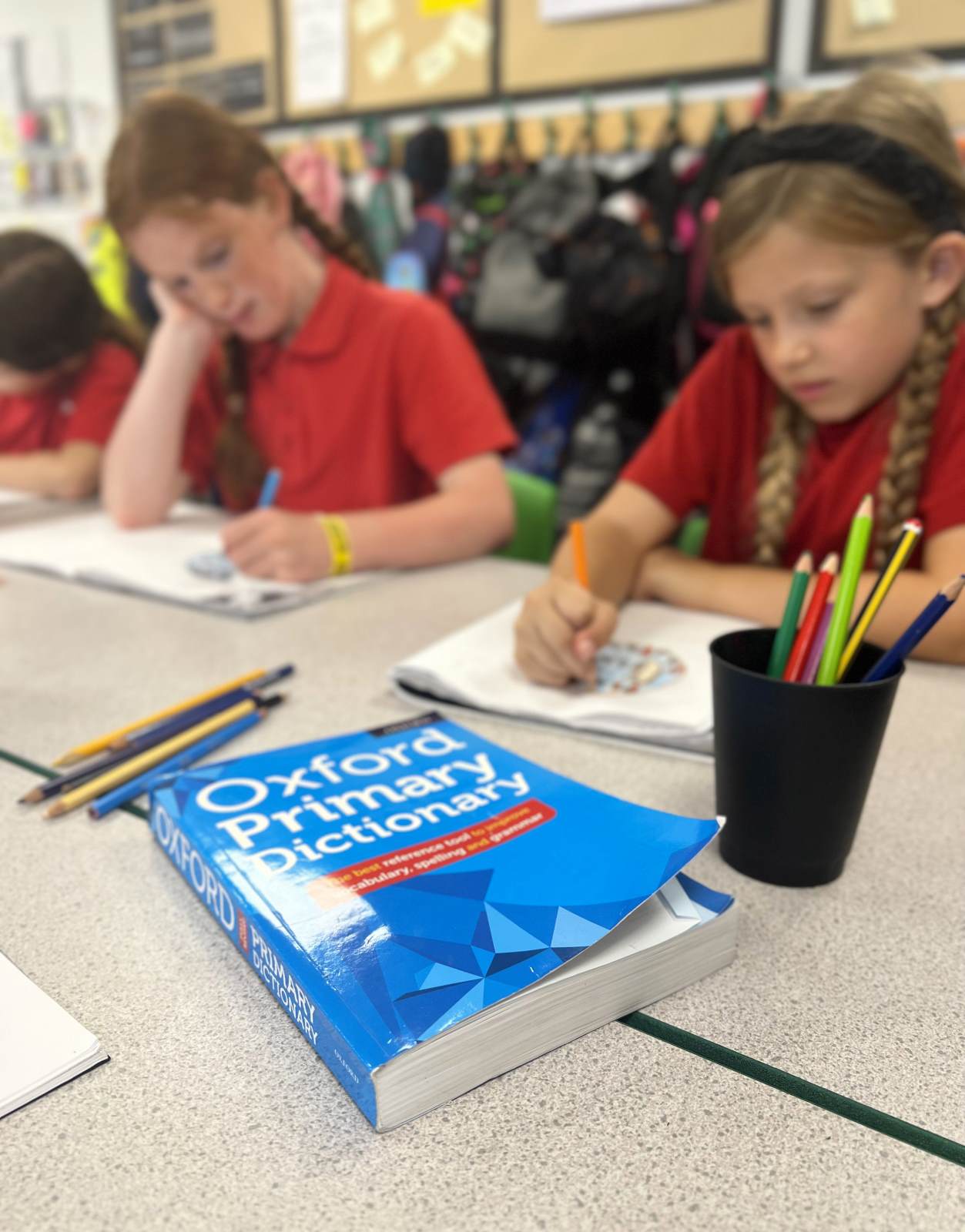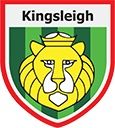Writing
At Kingsleigh, our writing curriculum has been designed to ensure all pupils can fulfil their potential and our school is a place 'where everyone can be great!' We see writing as not just a standalone subject, but part of every subject in our school curriculum. Our writing curriculum enables all children to embed our values of belong, aspire and respect.
Belong- Each of our writing units has a purpose and there are meaningful themes within the texts discussing diversity. Children have opportunities to unpick the themes in the books and discuss in partners, as a class.
Aspire-Our reading into writing approach is inspired by challenging texts so children are exposed to higher tier vocabulary. Children are always encouraged to try their best. There is no ceiling on their writing outcomes and the exposure of challenging texts allows children to be creative and use new language.
Respect- End of unit outcomes are written for an audience and children are taught to value each other’s writing. Children edit their work and build on mistakes and misconceptions.
Writing Implementation
Writing at Kingsleigh is taught through a Reading into Writing approach. The teach through a text approach ensures a consistent, cohesive pedagogy is used throughout the school. Children become critical readers and acquire an authorial style as they encounter a wide range of significant authors and a variety of fiction, non-fiction and poetry. Children are inspired to write through the love of reading. Children are taught to master skills and apply this to different styles of writing.
The key skills, taken from the national curriculum are mapped out across the year for each year group, ensuring all skills are covered and there are a variety of both fiction and non-fiction writing outcomes. These are then built into the sequence of learning where children have opportunities to practise and apply the newly acquired skill.
Children are taught how to capture their reader’s attention and how to use a variety of different sentence structures. They also learn how to select and use appropriate punctuation for the purpose of their writing. Children apply the handwriting they are taught to their writing and are encouraged to show great pride and presentation in all the work they produce.
The sequence of learning within a unit follows the same structure from reception through to year 6 and is as follows:
Stage 1 (week 1)- The unit begins with text immersion. Children are engaged in sharing a new text, focusing on how the writer is saying it. Language used for effect is discussed. Reading the text and reading as a reader takes places during whole class reading sessions. In writing sessions, the children have the opportunity to explore skills that the author has used to make you want to read on. Children will engage in group and class discussions, role play, and hot seating tasks.
Stage 2 (Week 1)- This stage is broken down into 2 parts. Skill building- The new skill that has been introduced is practised through short burst writing opportunities. This is heavily modelled and scaffolded by the teacher and children will follow an I do, we do, you do model. I do is the teacher modelling to the children. We do is the children writing a sentence that is created as a class with the teacher. You do is the children then practising by themselves.
Stage 2 (Week 2) Skill rehearsal-Apply skills to a supported piece of writing that is deep marked by the teacher for children to edit and improve. This may be writing part of a narrative, diary entry, letter, fact file. If the skill is not yet mastered then further practice takes places before moving onto stage 3.
Stage 3 (Week 3) Final outcome- This is the child's opportunity to apply the new skill they have been practising to independent writing. This will be planned by the child and independently written. Teachers do not model at this stage as it is the opportunity for the children to show us their understanding of the new skill. The final outcome will be a piece of writing that allows the child to appropriately apply the new skill whether it be a narrative, letter, diary or information text. Children will apply previous knowledge of taught skills and where appropriate showcase these in their final outcome too.
Throughout the unit of writing, we ensure children are building on prior knowledge. A writing session will start with retrieval practise, building on previous taught skills. We use final outcome pieces as end of unit assessments to assess how secure children are with the new skill. This will inform planning and the sequence of learning for future units.



